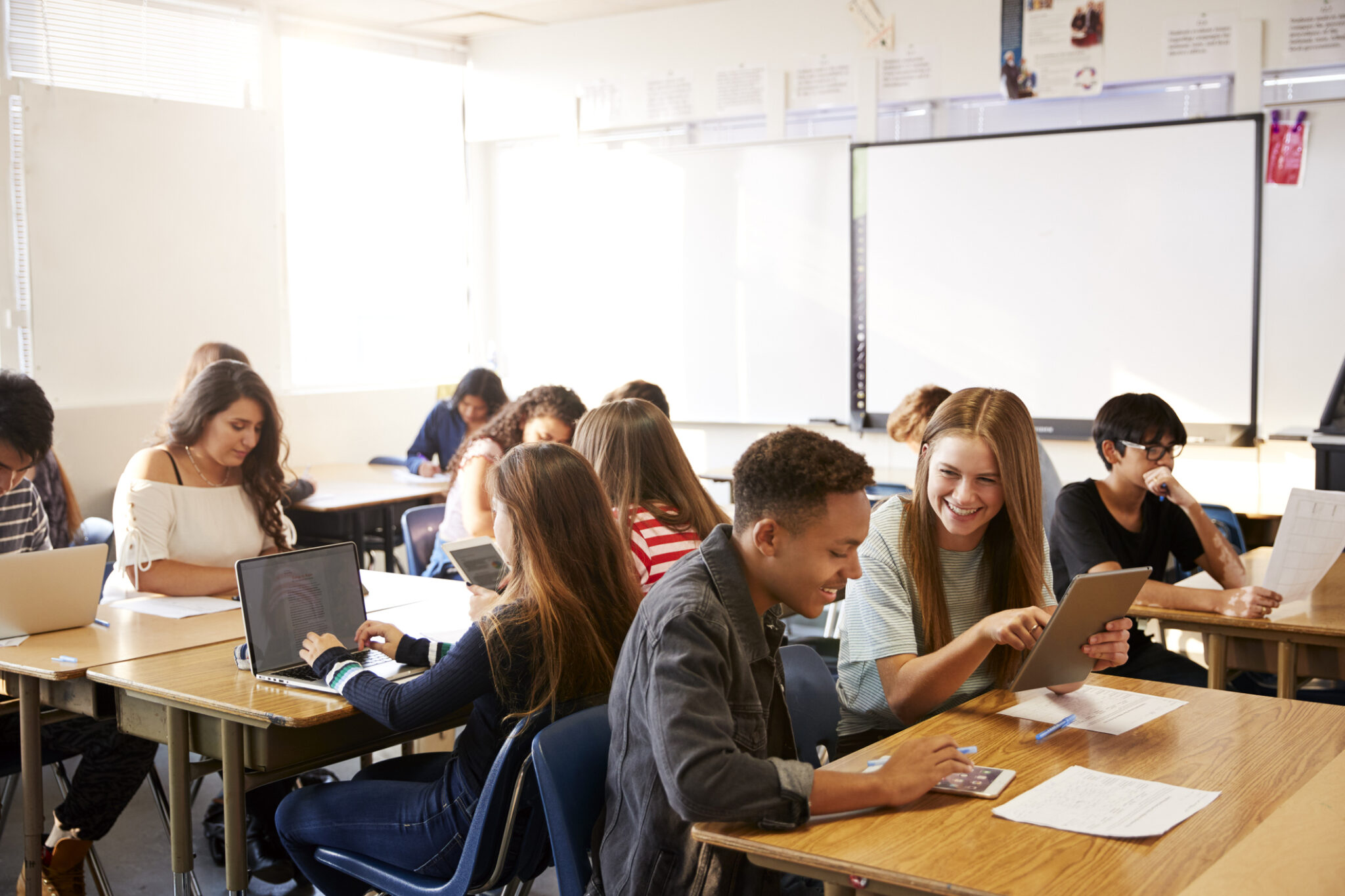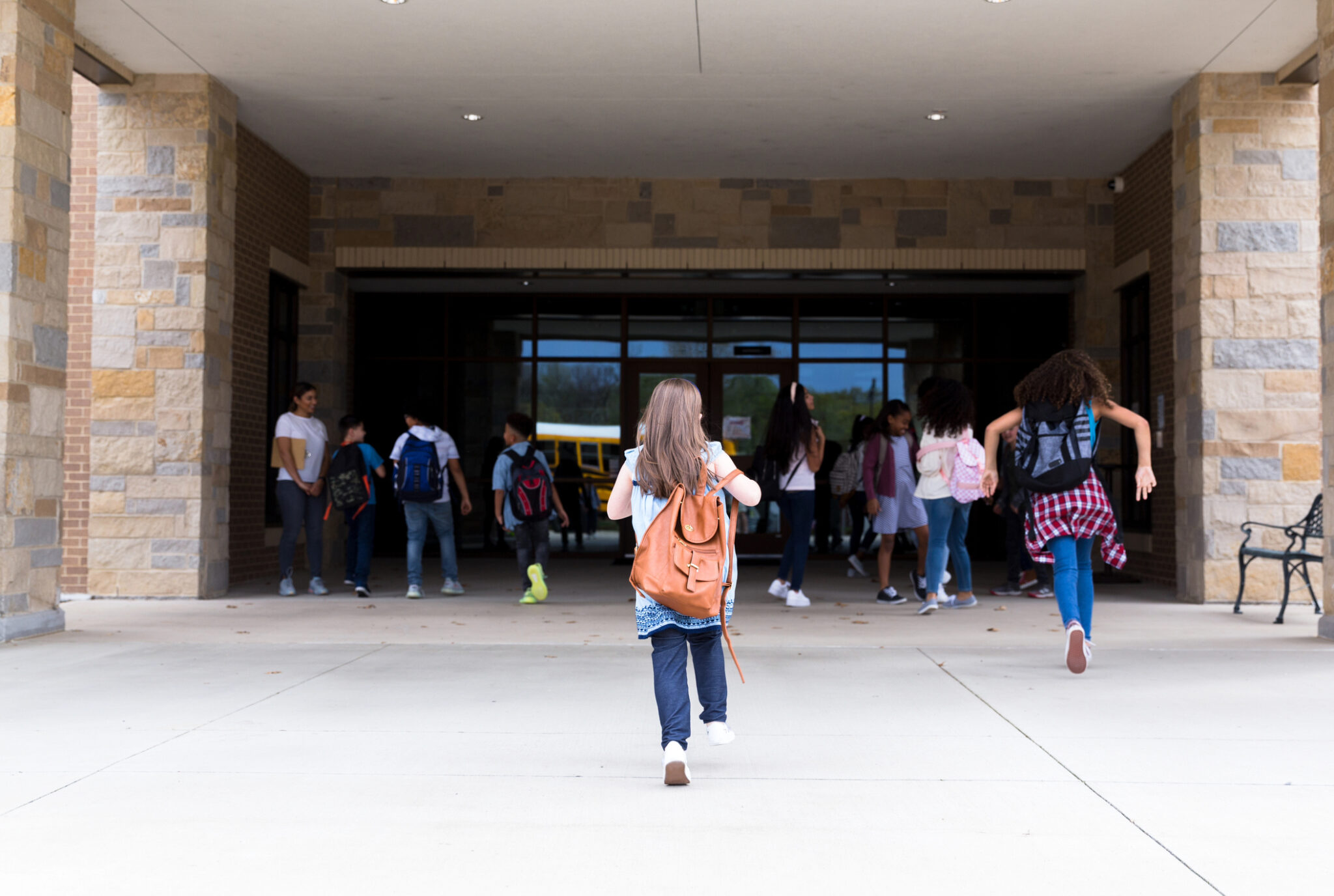By the mid-point mark in a school year, educators can probably identify some students who would benefit from additional support as these students try to manage their emotions and/or engage in social situations. Many educators understand the benefits of implementing socioemotional learning (SEL) with their students, but they do not know what resources are available or cannot find time to address this topic in an existing curriculum. The School Resources to Support Military-Connected Families website offers free, online learning modules that can help school personnel integrate SEL into their existing practices. Links to nine 10-to-15-minute learning modules that include a brief overview of the research, tools, and strategies that you can integrate into your professional practice are listed below. We encourage you to explore any and all that interest you!
Learning Modules
Active Listening
- Effectively utilize active-listening strategies to demonstrate empathy and foster change when working with students.
Integrating SEL Competencies into Instruction
- Integrate SEL competencies into academic instruction.
Staying Neutral
- Remain calm, and stay neutral during problem situations.
Validating Emotions
- Model emotional awareness and emotional regulation.
Warm Demander
- Communicate a demand for mutual respect and academic effort, and demonstrate a sense of genuine caring for students.
Maintain Rigorous Expectations
- Maintain high expectations of students regardless of other factors.
Responsibility and Choice
- Provide opportunities for students to make decisions and show responsibility.
Cooperative Learning and Socioemotional Learning
- Structure cooperative learning activities in a manner that encourages the development of students’ interpersonal skills.
Brain Breaks
- Utilize brain breaks to help students re-focus as necessary.
Thank you for all you do to support military-connected students. We hope these resources are useful in your professional practice. If you have questions or need help, visit the Contact Us page. If you would like to receive updates about new trainings or resources, sign up for our Mailing List.
Reference(s):
The Collaborative for Academic, Social, and Emotional Learning. (2023). What does the research say? CASEL. https://casel.org/fundamentals-of-sel/what-does-the-research-say/





